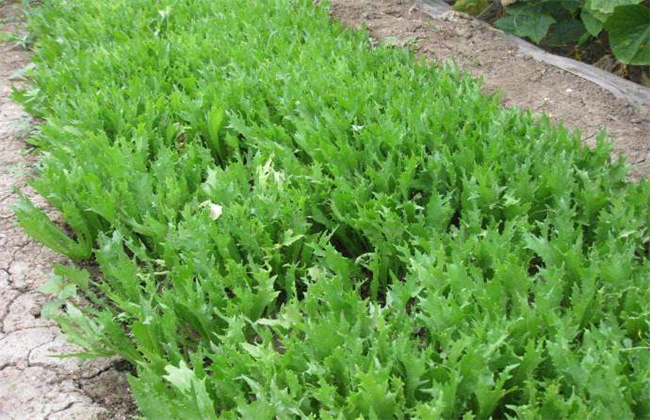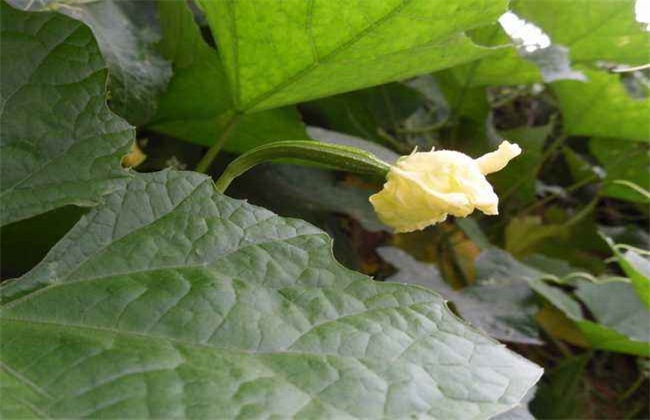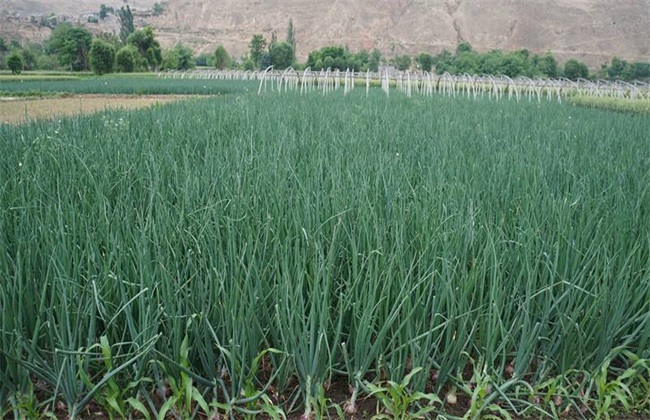Matters needing attention in planting bitter chrysanthemum
Bitter chrysanthemum, also known as bitter chicory, is an annual or biennial herbaceous plant. It likes cold environment and can be fried or salad. It is a delicious food that clears away heat and fire. It also has the functions of antibacterial, antipyretic, anti-inflammatory, eyesight and so on. The planting area is also getting wider and wider, so what should we pay attention to when planting bitter chrysanthemum? Let's get to know it.

1. Select the place
Before artificial planting, it is necessary to understand its growth habits and characteristics before it can be planted well. Bitter chrysanthemum generally likes to be in a cool environment, is not resistant to drought, is more resistant to cold, and likes soil with loose soil and rich organic matter. it is better to live in acidic soil. We can choose a more suitable place to plant according to the above characteristics, and then ploughing and fine cropping, and properly apply some mature organic fertilizer per mu as base fertilizer according to the soil fertility.
2. Sowing seeds
When sowing, we should choose the seeds with certain disease resistance and stability. Because the seeds of bitter chrysanthemum are relatively small, we can take the way of sowing when sowing. Dig some shallow ditches on the border surface, spread the seeds evenly into the ditch, cover 1 cm thick soil, press gently with your hand, and then water them thoroughly for the first time, so as to ensure the normal development of the seeds. Sowing generally uses about 2 kilograms of seed per mu, so as to avoid being too sparse or too dense.
3. Watering and fertilization
After sowing, there should be a big watering in time, and then watering should be carried out according to the dry and wet condition of the soil. If it has been in rainy weather all the time, it is necessary to reduce the number of watering. If it has not been watered for a period of time, it should be watered immediately, so as not to affect the taste of bitter chrysanthemum and reduce its income. After sowing bitter chrysanthemum for 4-5 days, the seedlings can emerge. At this time, it is necessary to do a good job in the field engineering. In addition to paying attention to the dry and wet condition of the soil, there is also appropriate fertilization, and organic fertilizer can be applied at the seedling stage. In the process of seedling growth, fertilizers should be added as nutrients in time to avoid poor plant growth and yield decline.
4. Diseases and insect pests
Bitter chrysanthemum is watered with diseases and insect pests during its growth, but some common diseases and insect pests still appear in improper management, such as downy mildew, virus diseases and aphids. For the prevention and control of downy mildew, we should first strengthen management, reasonable watering and fertilization, timely drainage in rainy days, to avoid changes caused by stagnant water in the field, and spray control with Kluke and Sedford when the disease occurs. When sowing, virus diseases can be treated with drugs to effectively kill the germs on the seeds, pay attention to watering, and spray virus A, chlorothalonil and Zhanling emulsion to prevent and cure the disease. Aphids can be sprayed with aldicarb, dimethoate, aldicarb, permethrin and other agents alternately to avoid drug resistance.
The above is an introduction to the matters needing attention in planting bitter chrysanthemum. I hope I can help you. If you want to know more about it, please follow us.
Related
- Where is it suitable to grow horseradish in China? it is expected to see the middle altitude horseradish in Alishan.
- How to prevent tomato virus disease reasonably? (Control methods included)
- Many people like to plant towel gourd on the balcony. What are the main points of this method and management?
- What crops can chili peppers be mixed with?
- Fertilization techniques and matters needing attention in Tomato
- What are the grafting techniques for peach seedlings in spring?
- Harm and control methods of root swelling disease of Chinese cabbage
- What are the pests of sweet potatoes? How to prevent and cure it?
- Symptoms, causes and Control methods of navel Rot in Tomato
- The cause of "Cucumber rotten bibcock" in Farmers' planting Cucumber and its Control Plan



